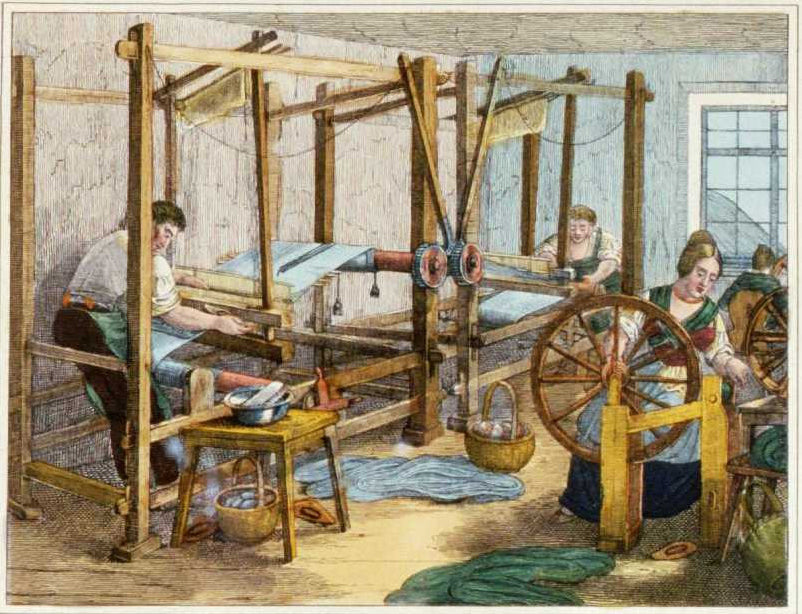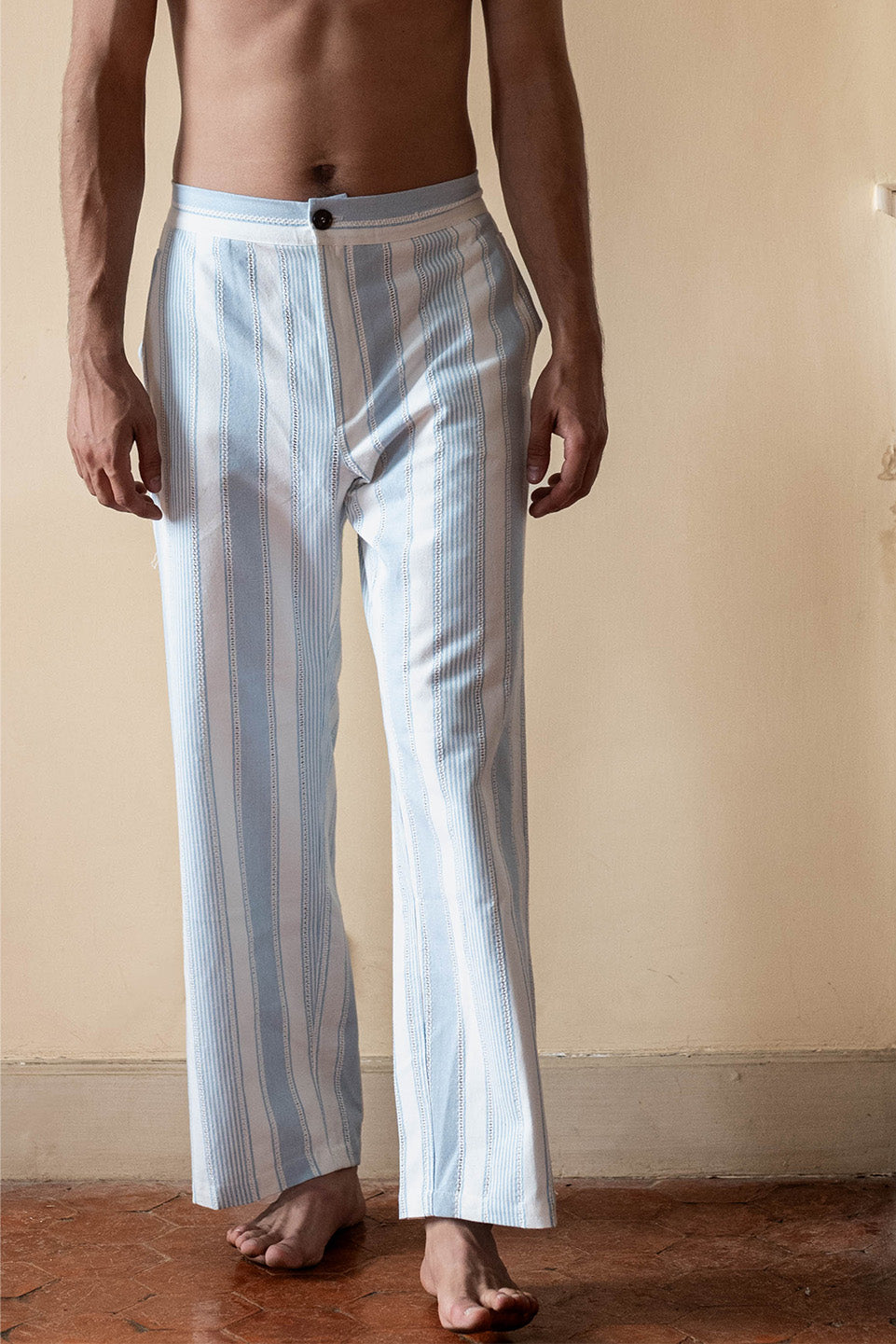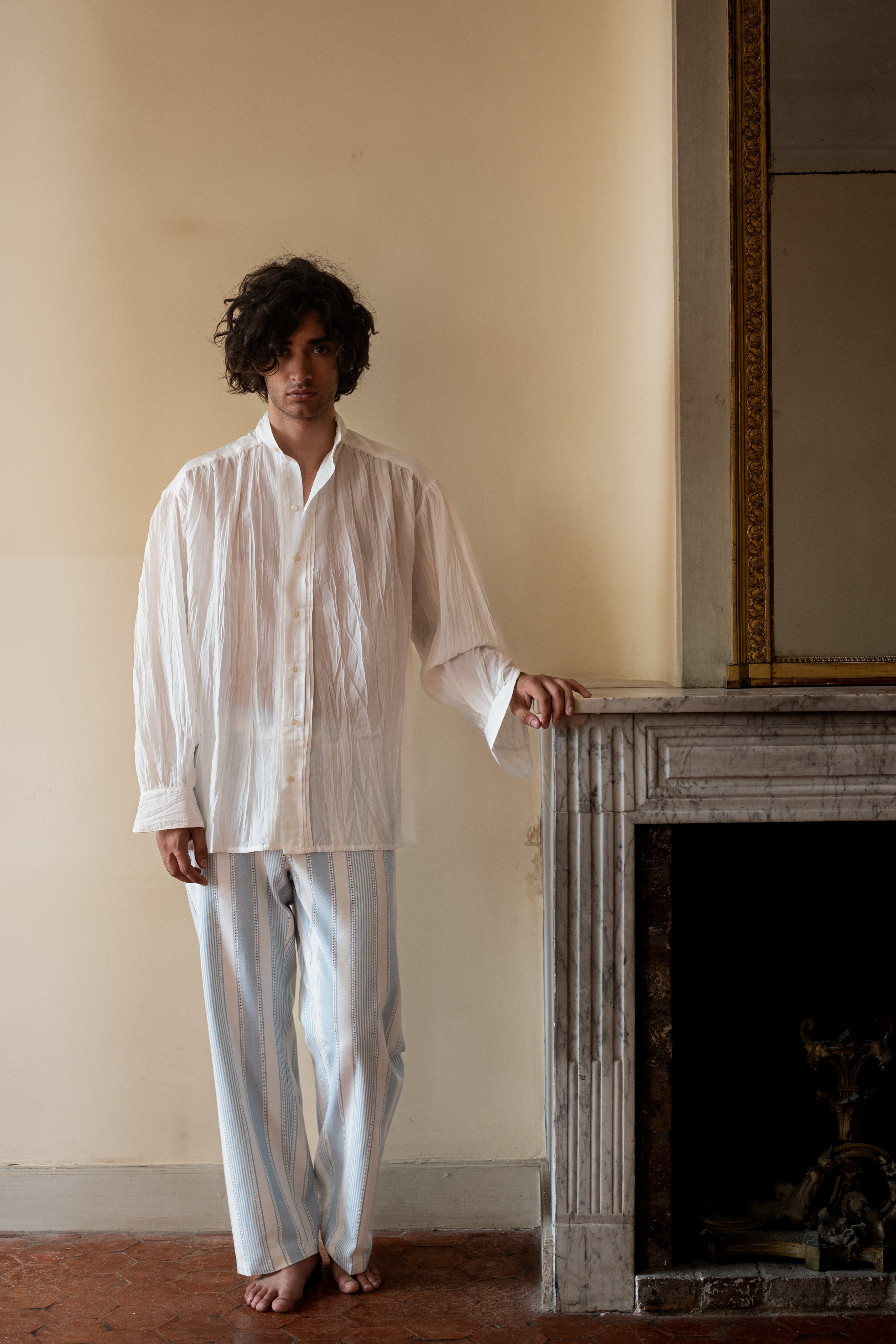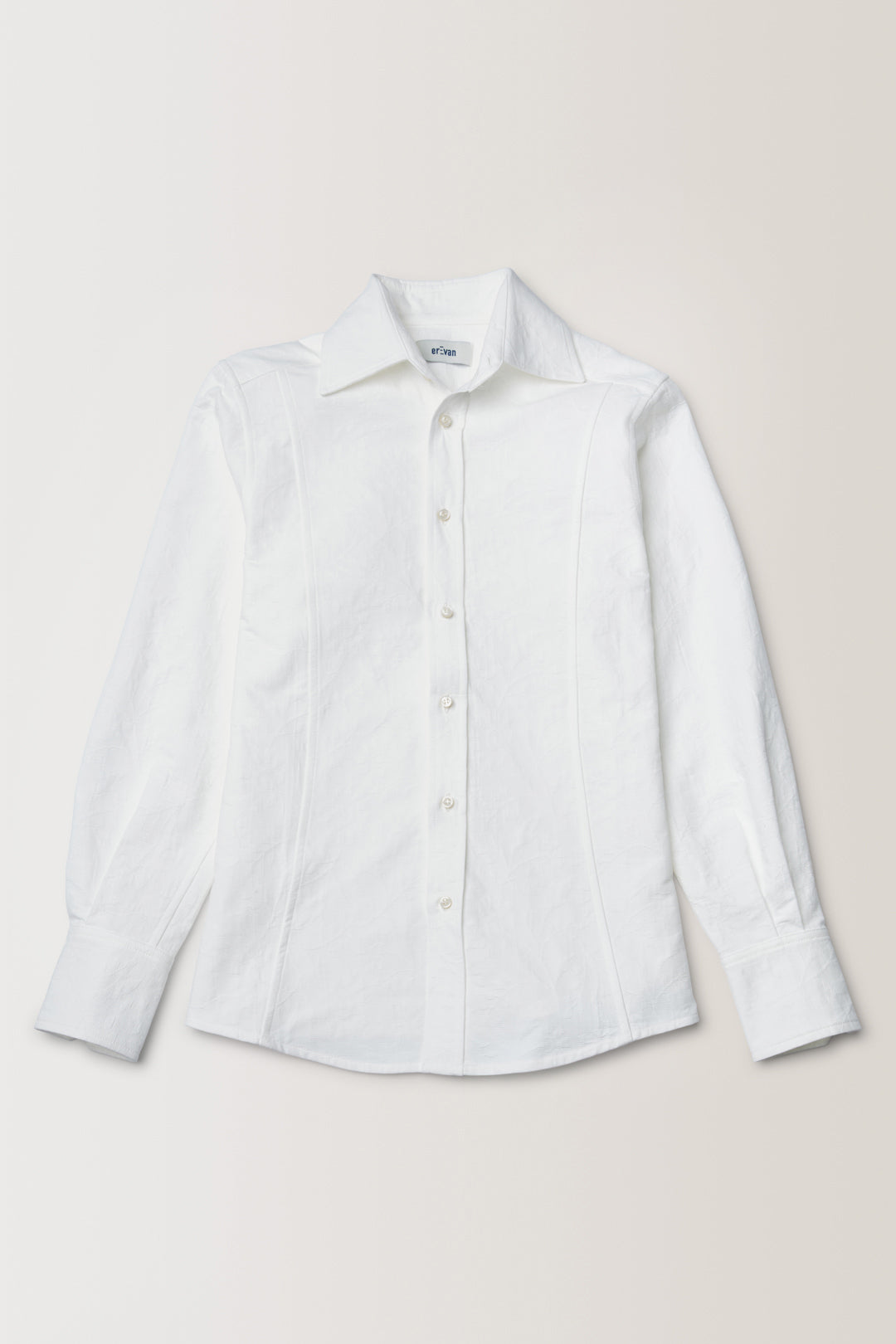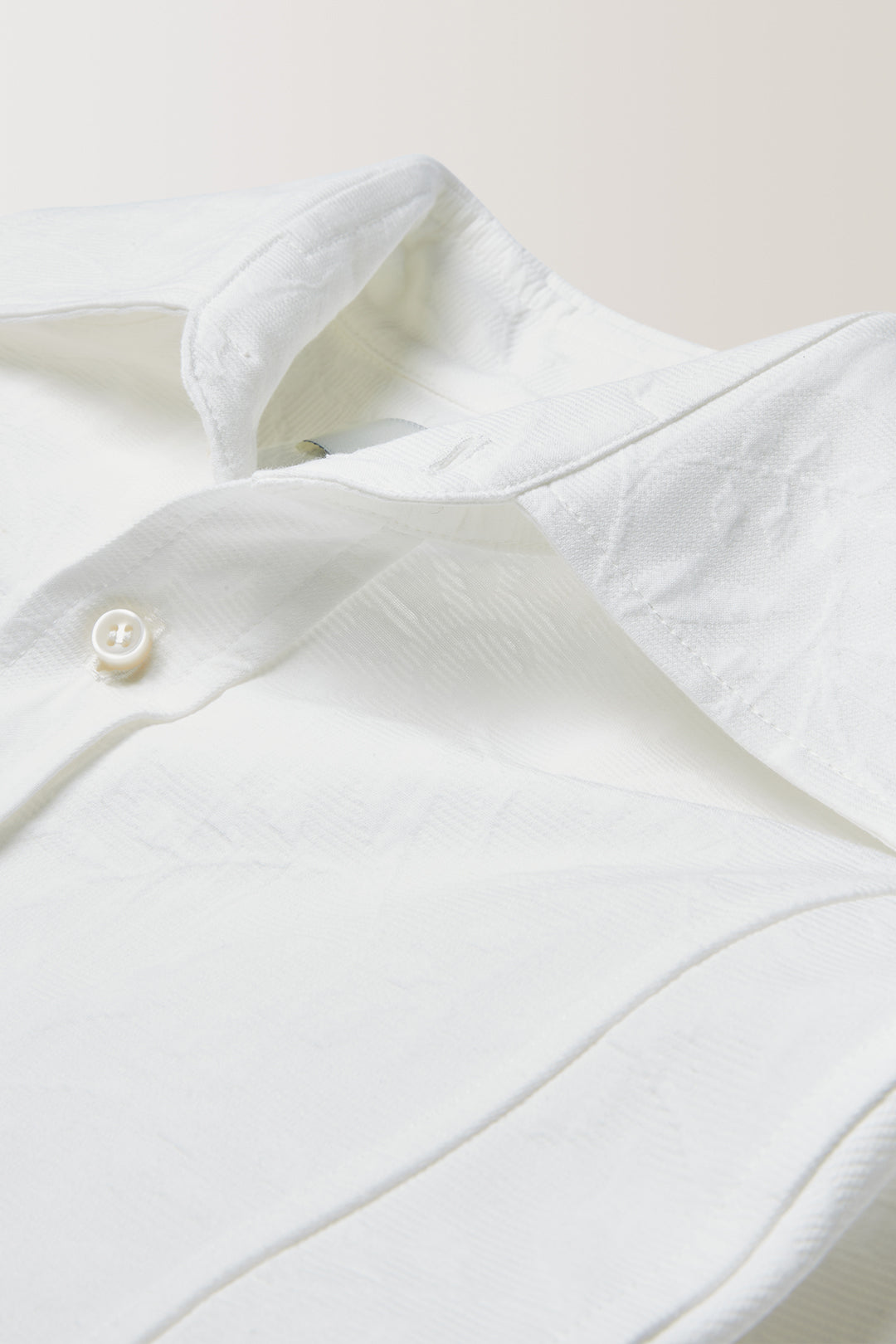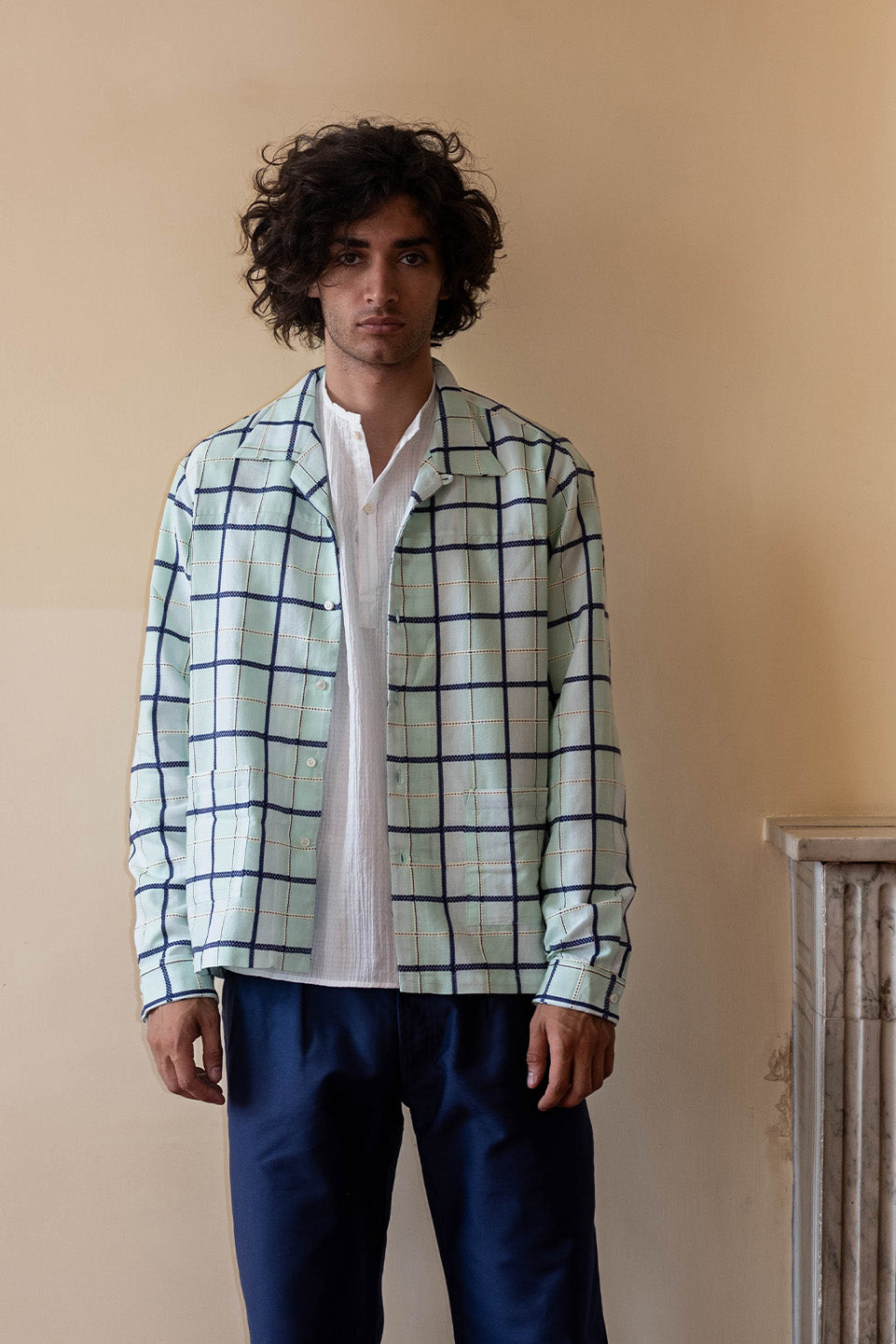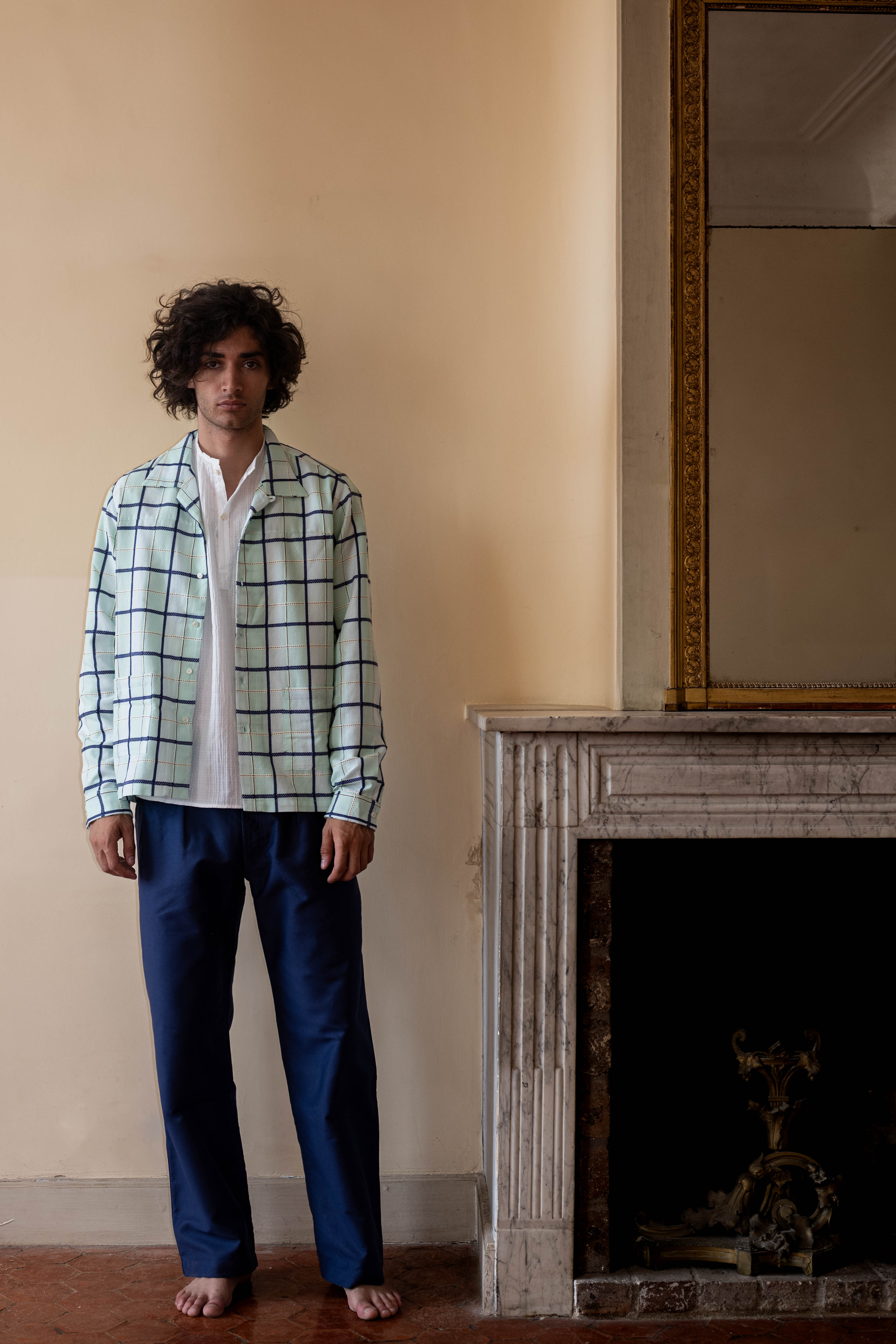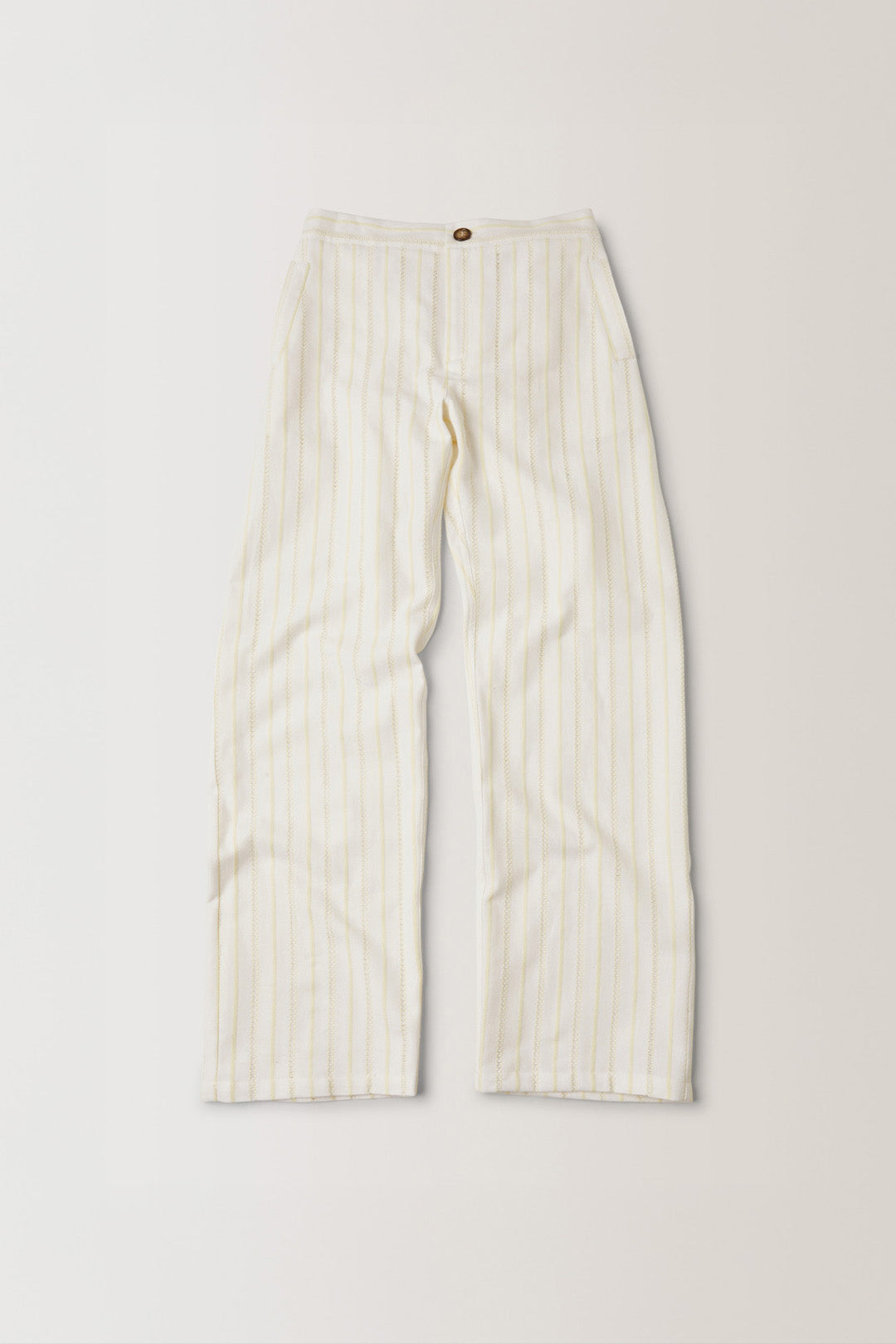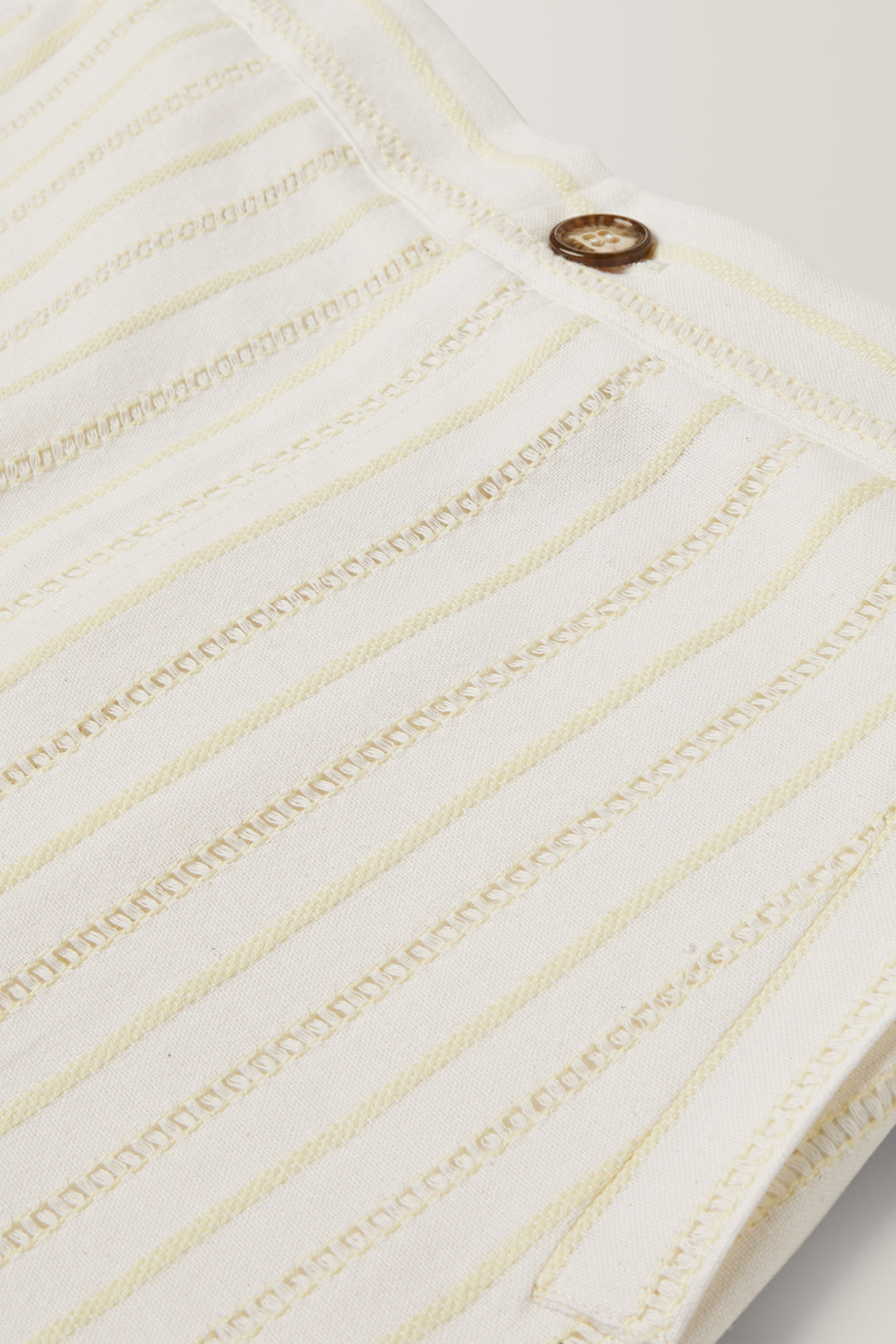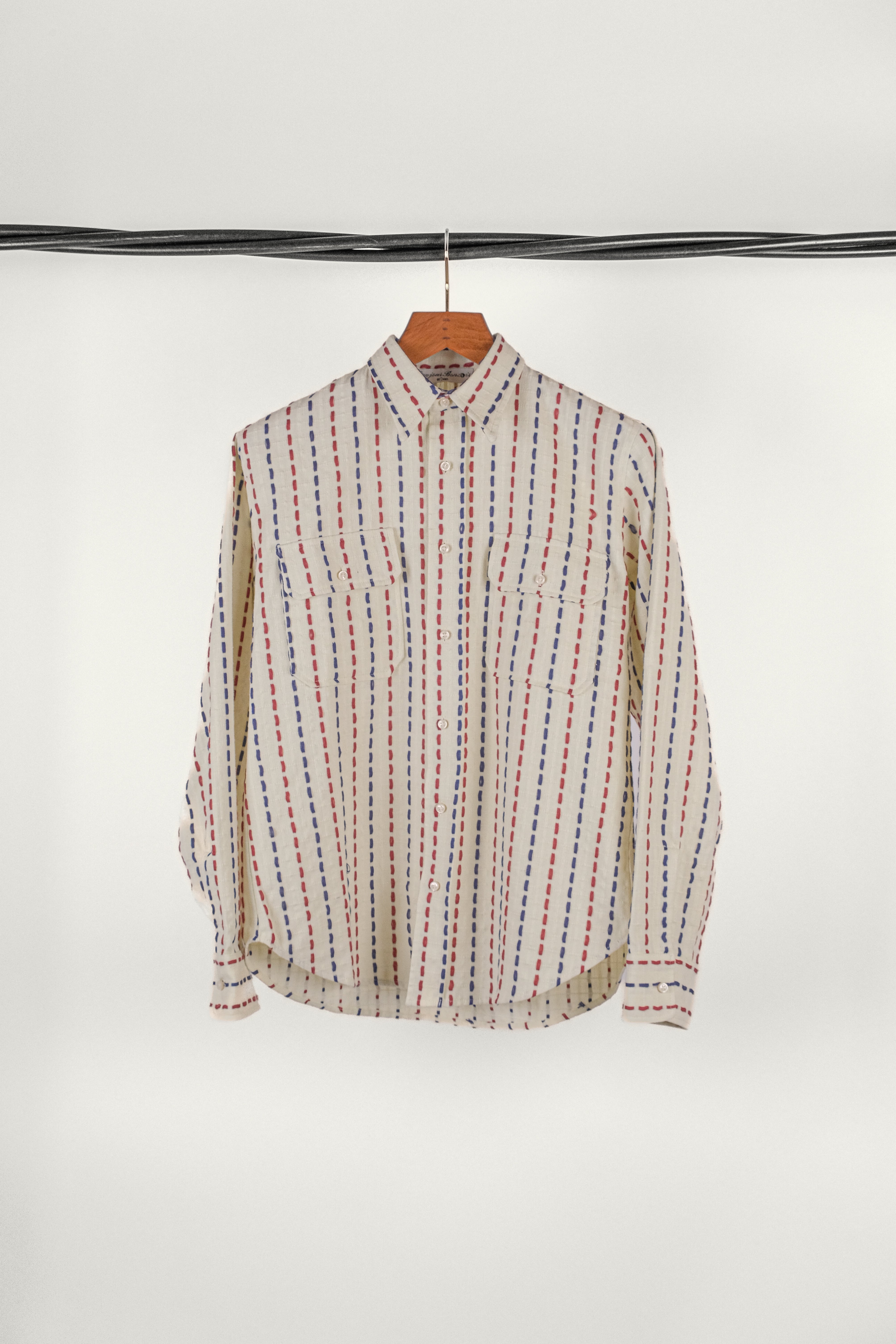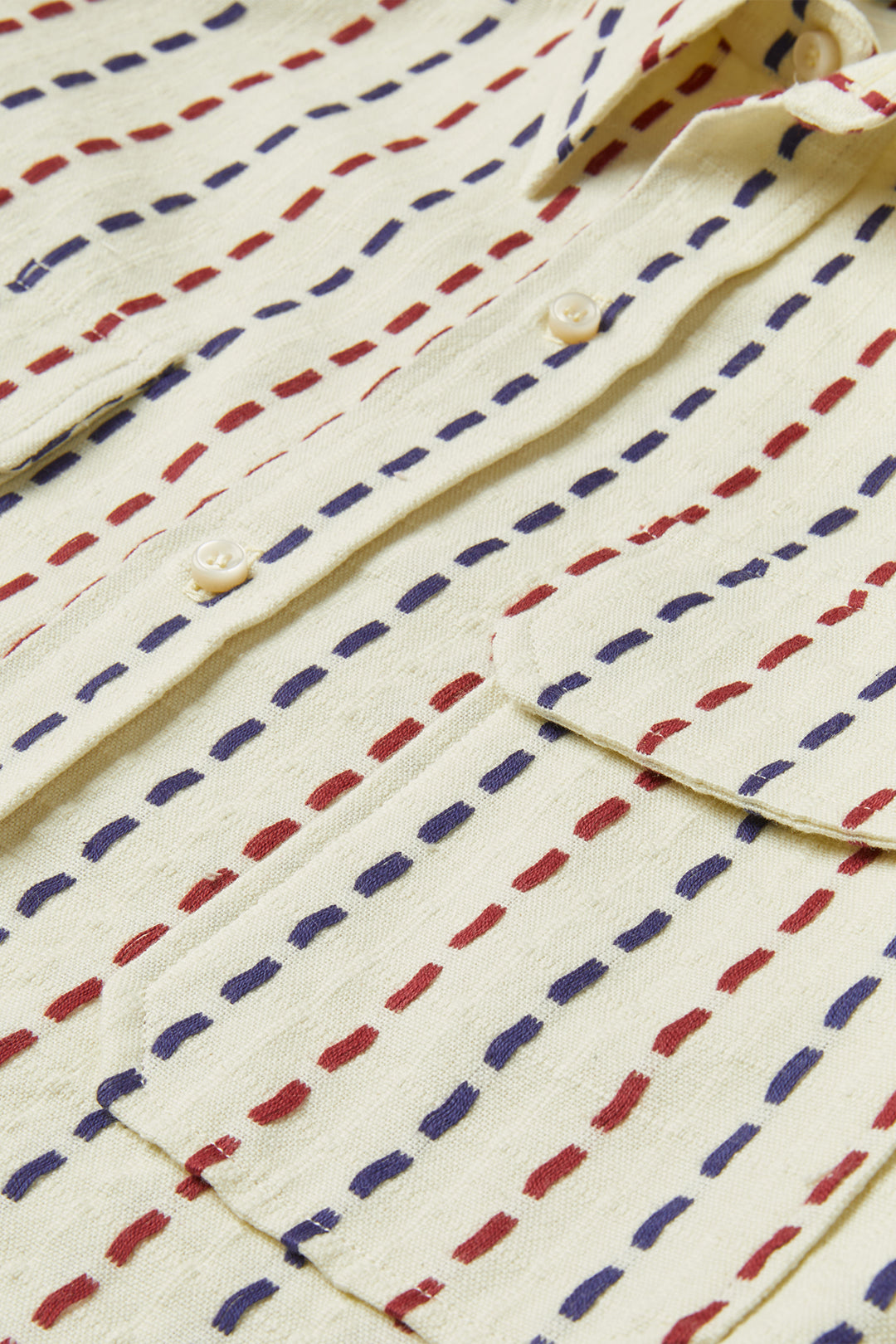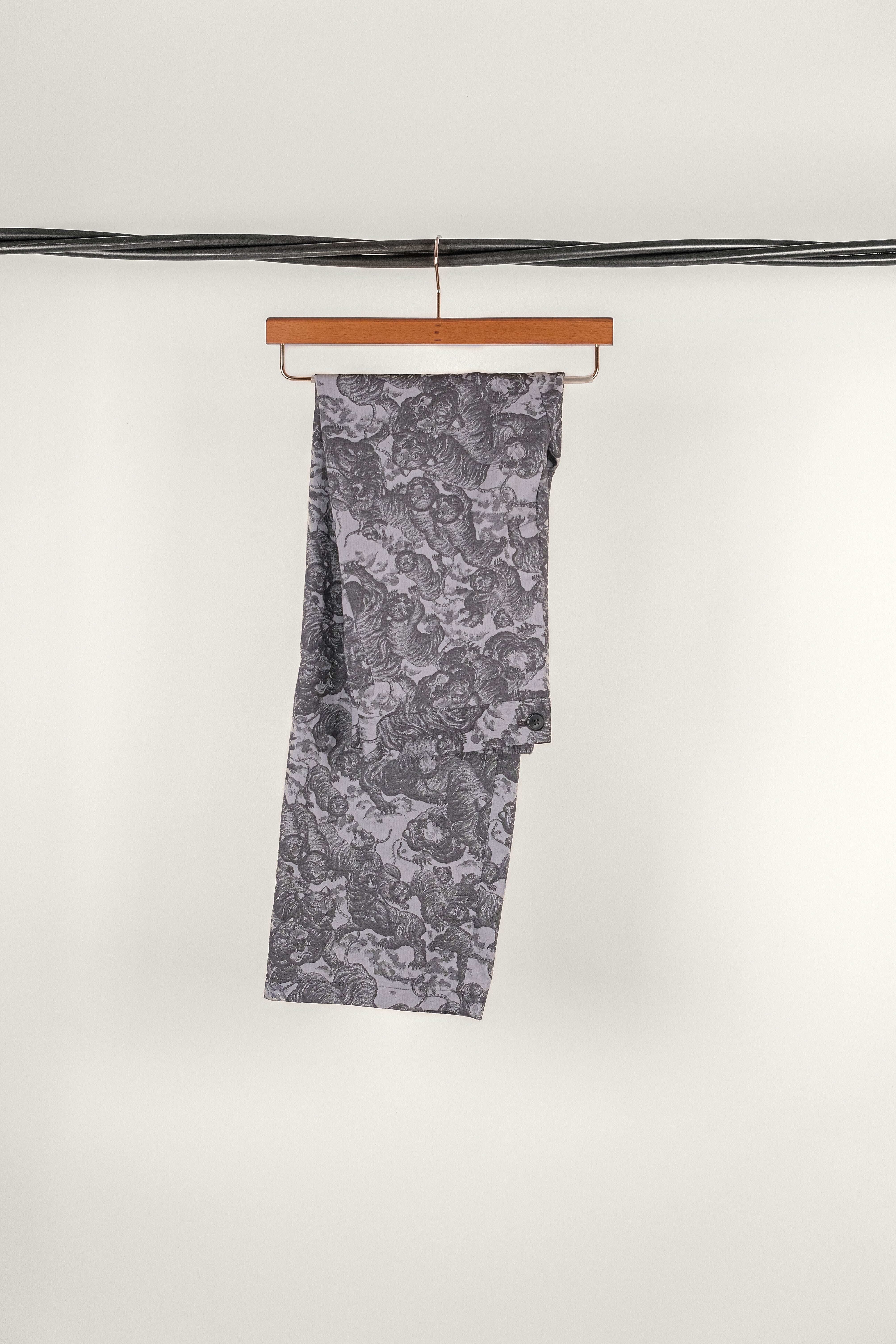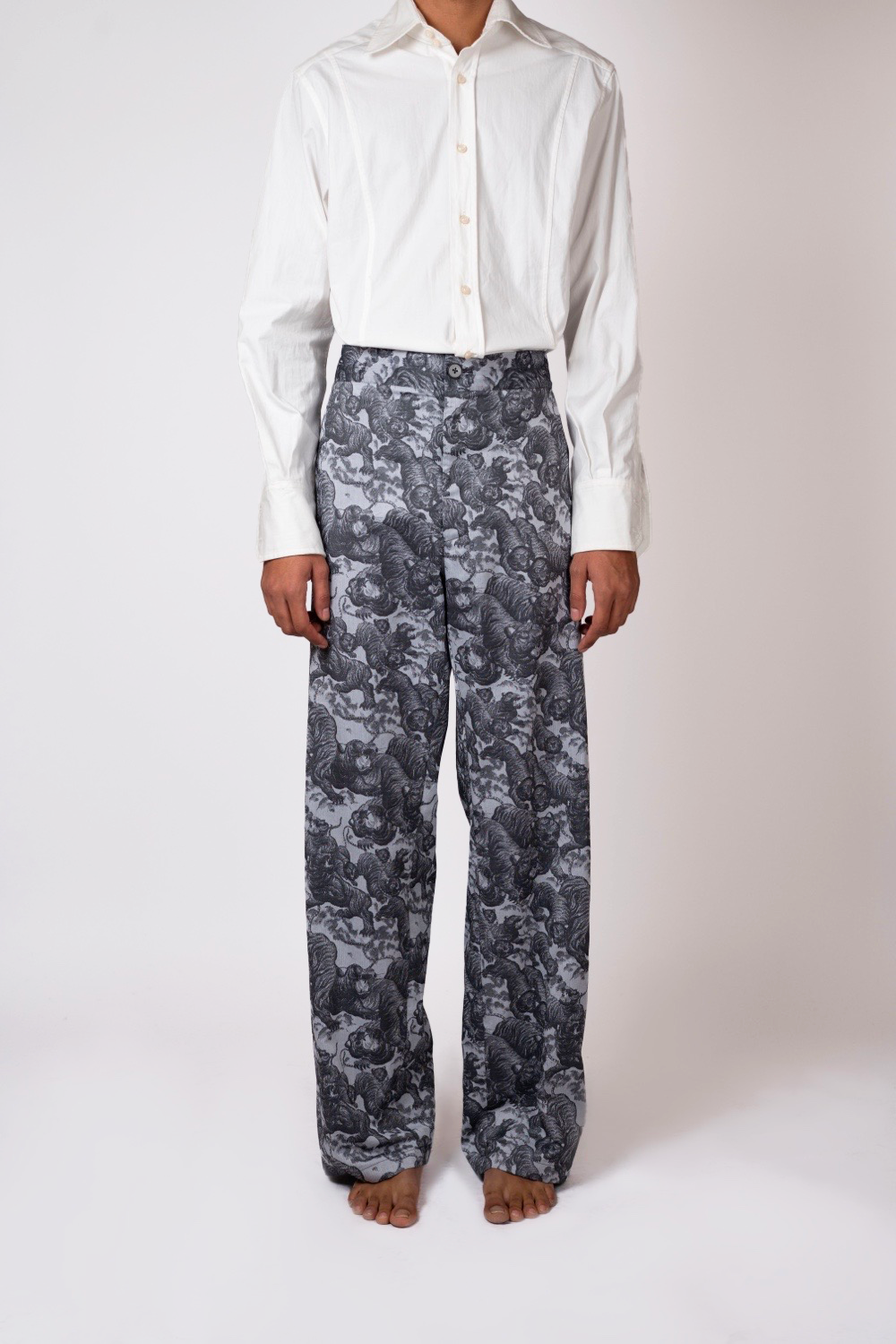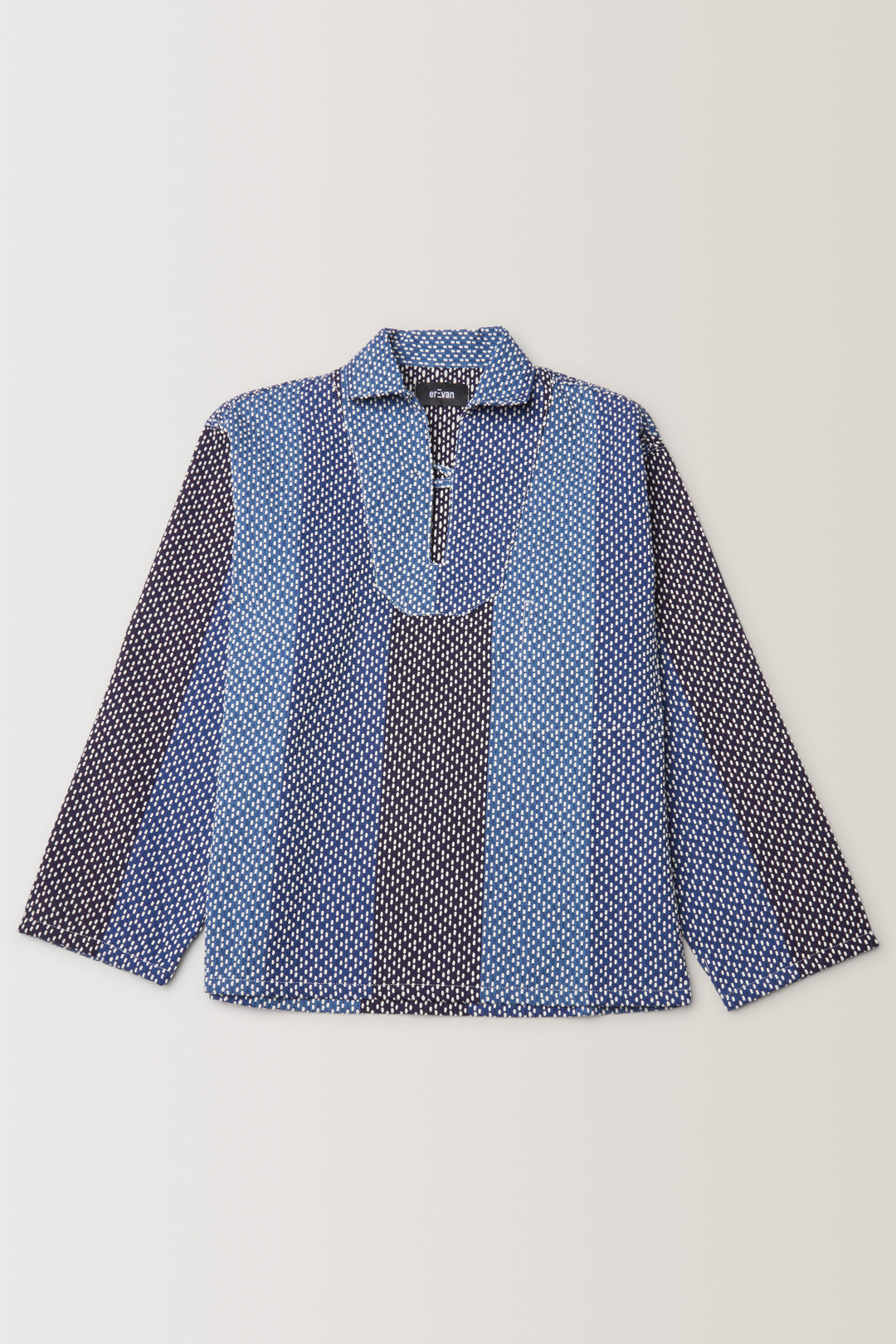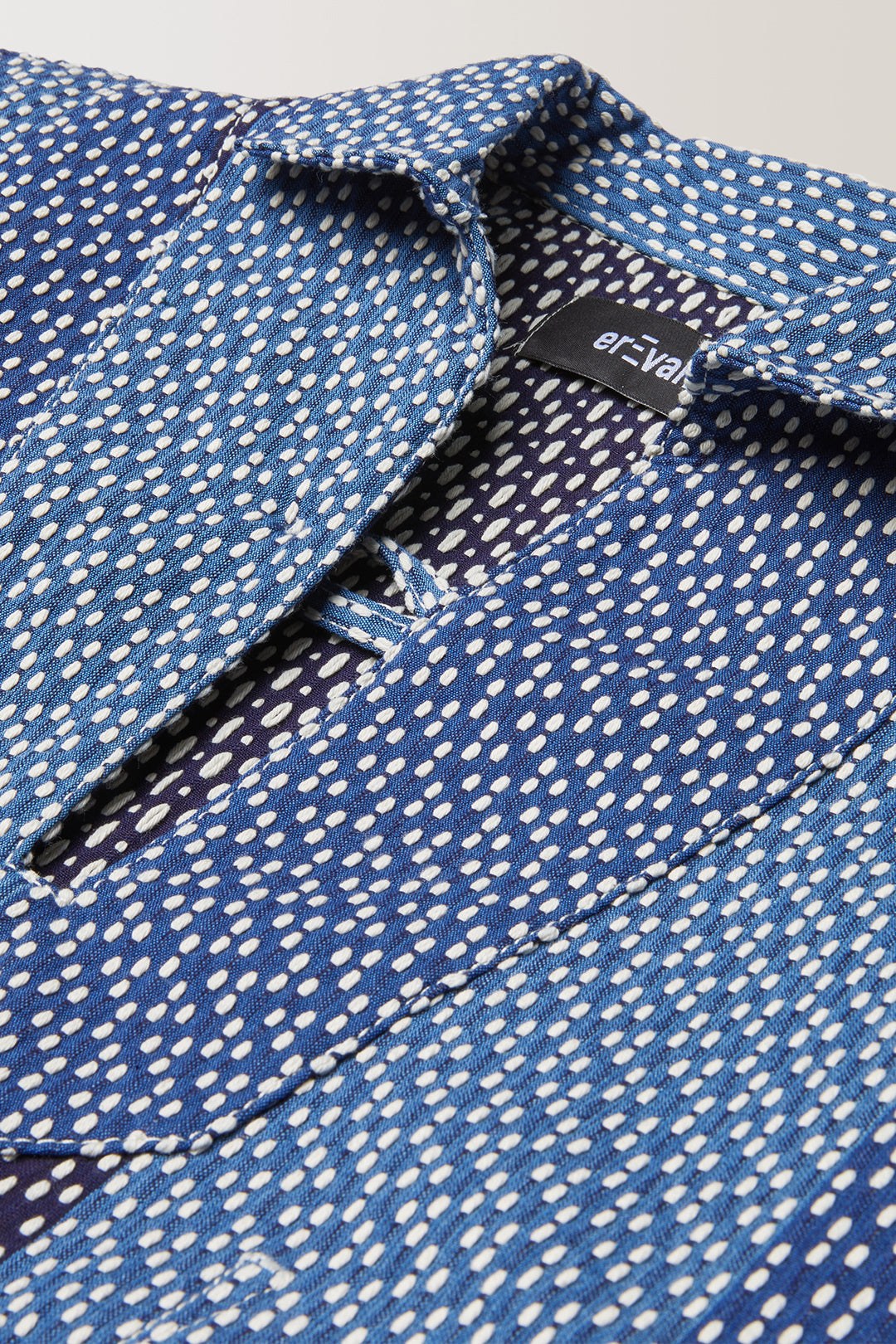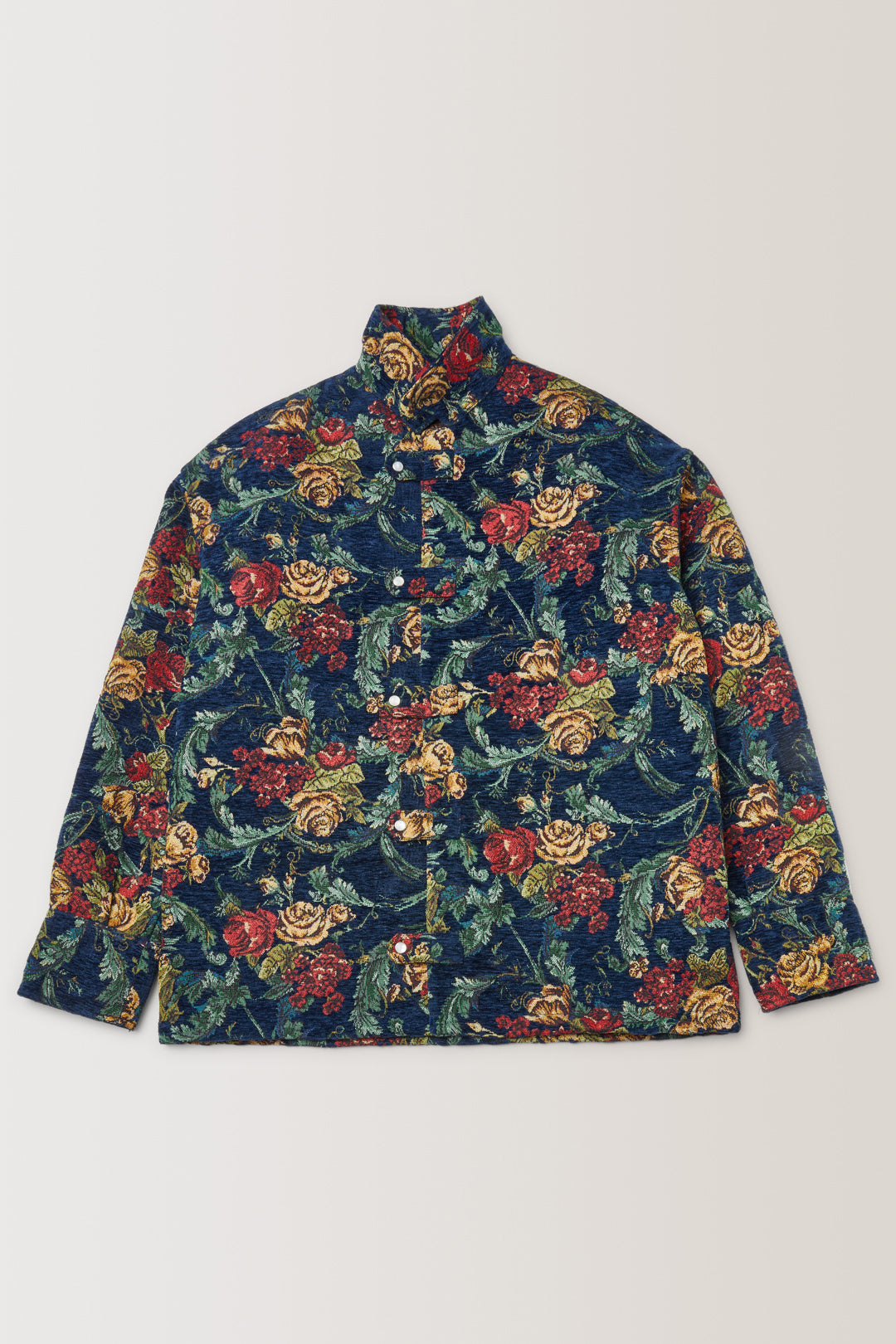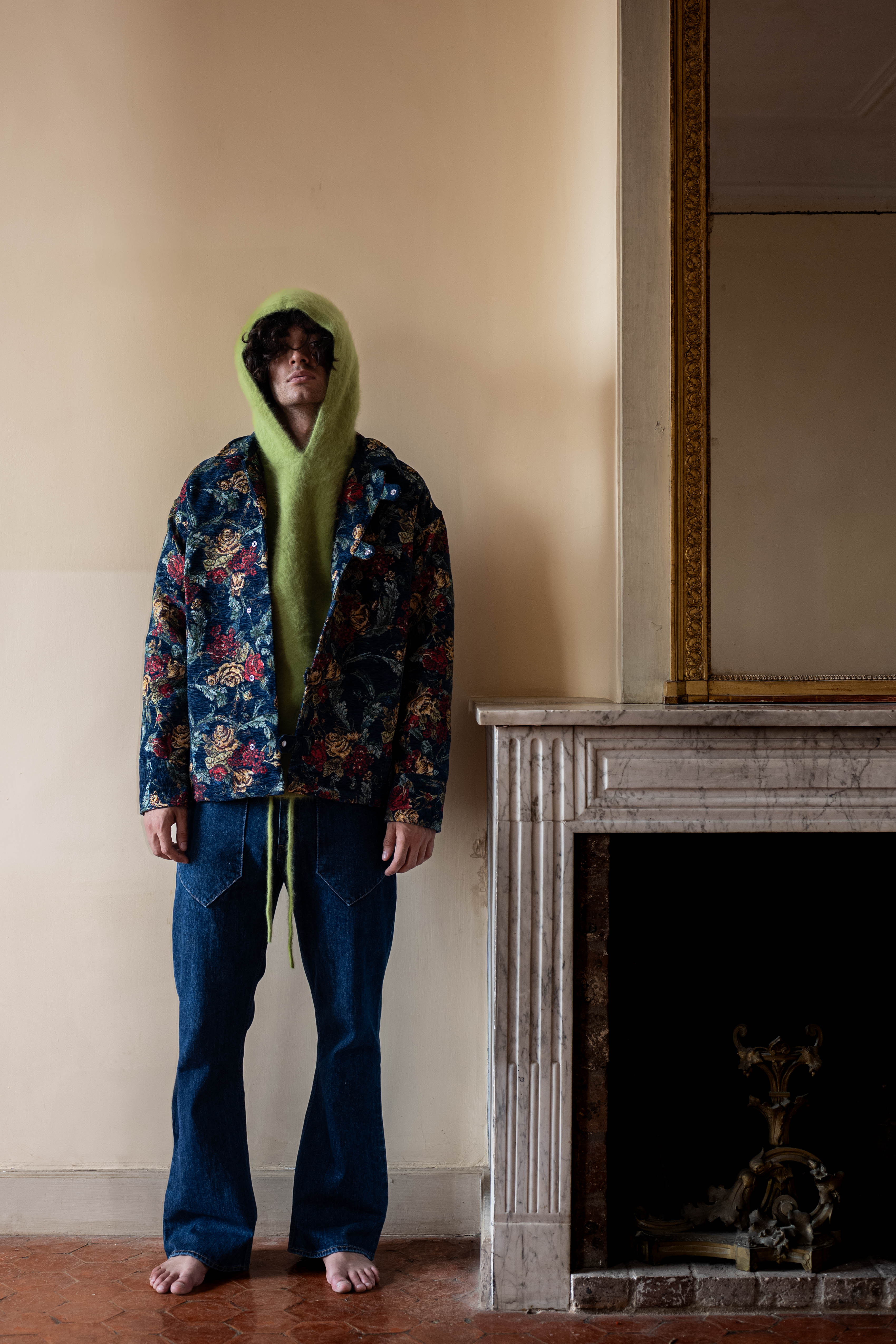Invented in 1801 by Joseph-Marie Jacquard, this process first appeared in the heart of the Lyon region of France, which then boasted a strong textile tradition and unique expertise.
Before the advent of this technique, in order to create a pattern, weavers had to position each thread with increased precision, making the operation more complex and time-consuming.
The inventor then proposed a revolution; from then on, the system was equipped with hooks, needles, knives, cylinders but above all perforated cards automating the positioning of each thread according to the desired pattern.
Until now limited in the expression of designs through their fabrics, weavers can increase the graphic complexity of the fabrics, as well as the number of colors used.
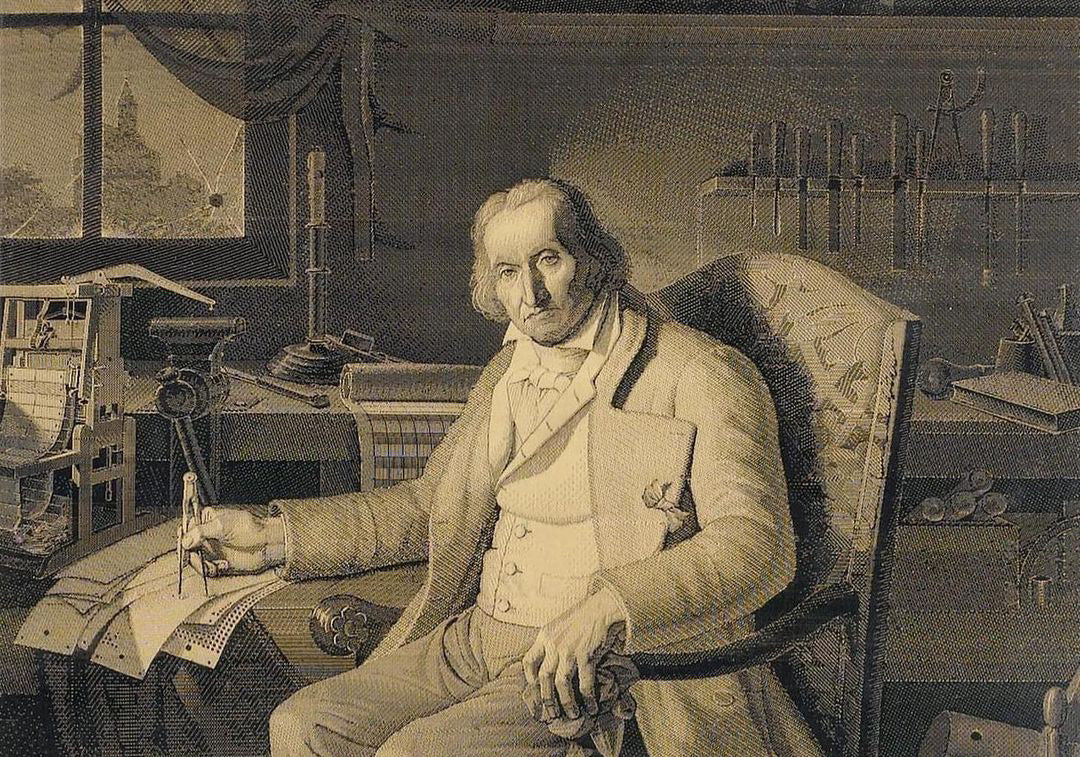
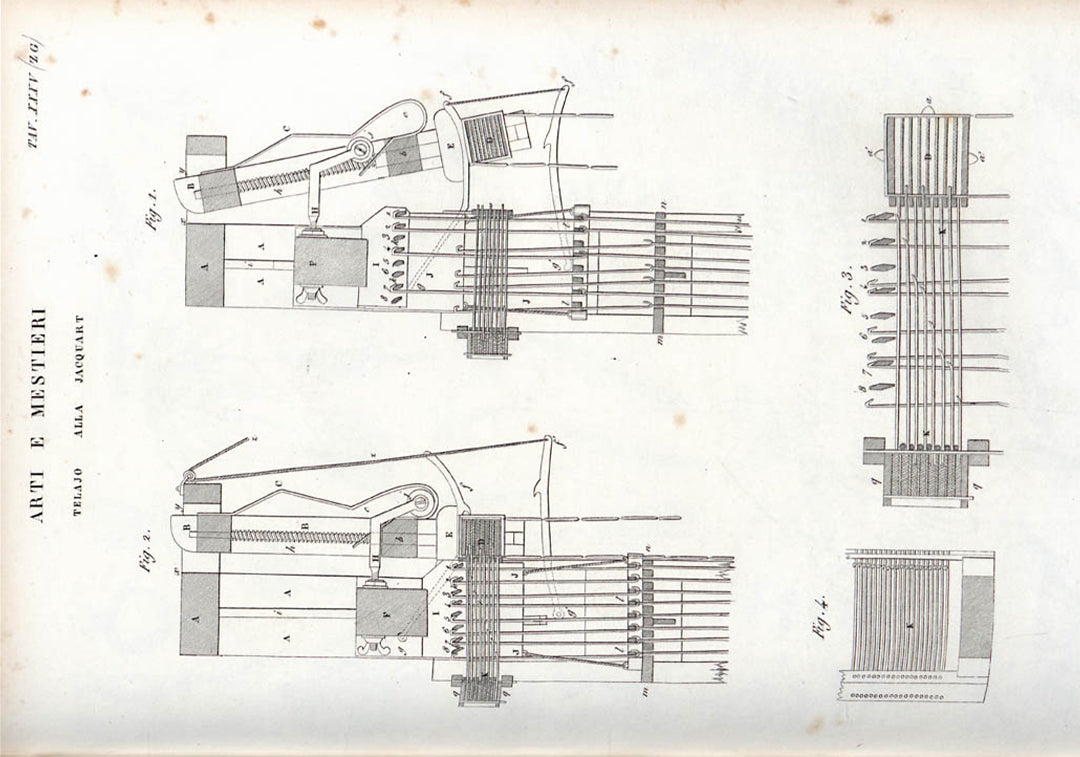
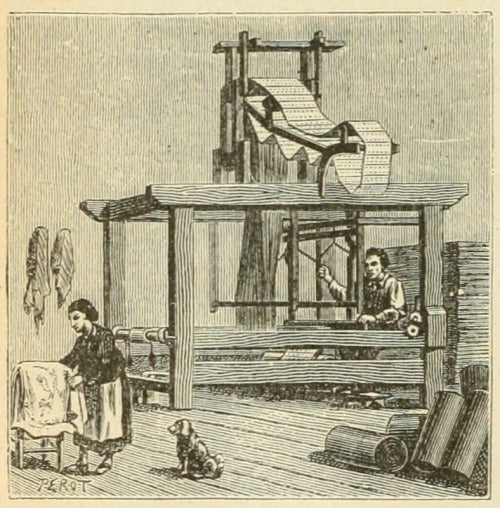
However, despite having been supported by the authorities, notably through the Société d'encouragement pour l'industrie Nationale, which would have him join the Conservatoire des Arts et Métiers to develop his invention, his system did not work when it was put on the Lyon market. Several engineers would make decisive modifications, and a few years later, the Jacquard loom would be fully integrated into the Lyon fabric factories.
© René Perot
1831, birth of the movement known as the Canuts' Revolt
In addition to the technical developments brought to the process and the increase in textile creativity, the implementation of this process also aimed to relieve the workload imposed on the weavers' assistants, often very young, but also on the women occupying the positions of weavers, pullers and weavers. If the effort required to produce the fabrics decreased drastically, it was an entire community that saw its already miserable income reduced or even disappear. Indeed, where a team of 5 to 6 people was needed around a loom, one or two people could now perform this task.
This profound impact on Lyon's textile industry resulted in the "Canuts' Revolt," taking its name from "canettes," another name for bobbin. The movement began in 1831; after several clashes with the police, the Canuts saw the National Guard rally to their cause. Louis Philippe I, eager to not give in to this social movement, sent more than 20,000 soldiers to the area, sealing the end of the revolt.
Jacquard continued its development, following a renewed interest in the material in the 1970s. Allowing for a play of texture, color, and graphic creativity, erEvan made jacquard one of the pillars of his creation.

